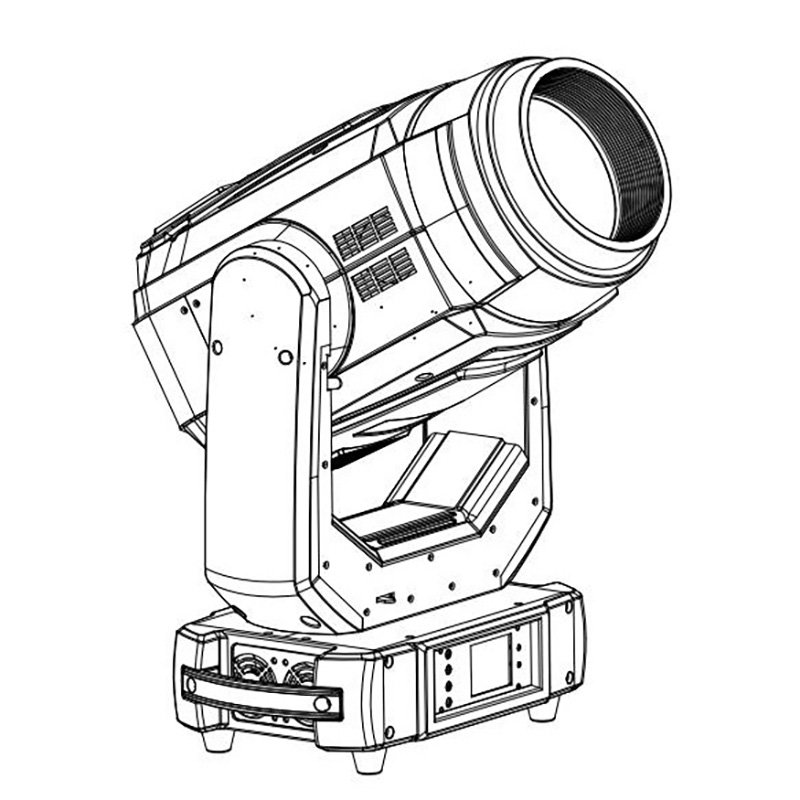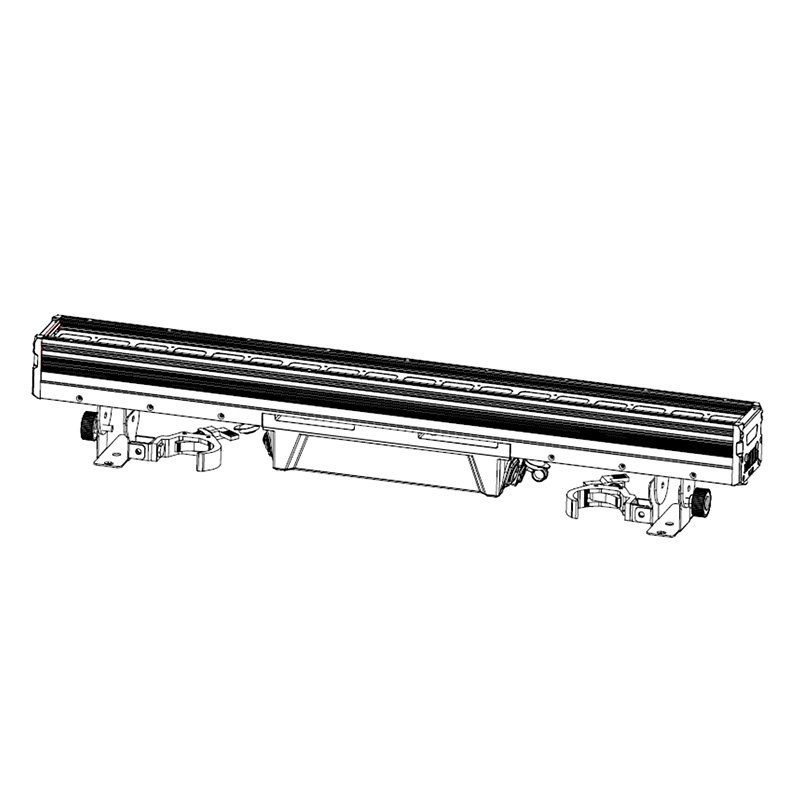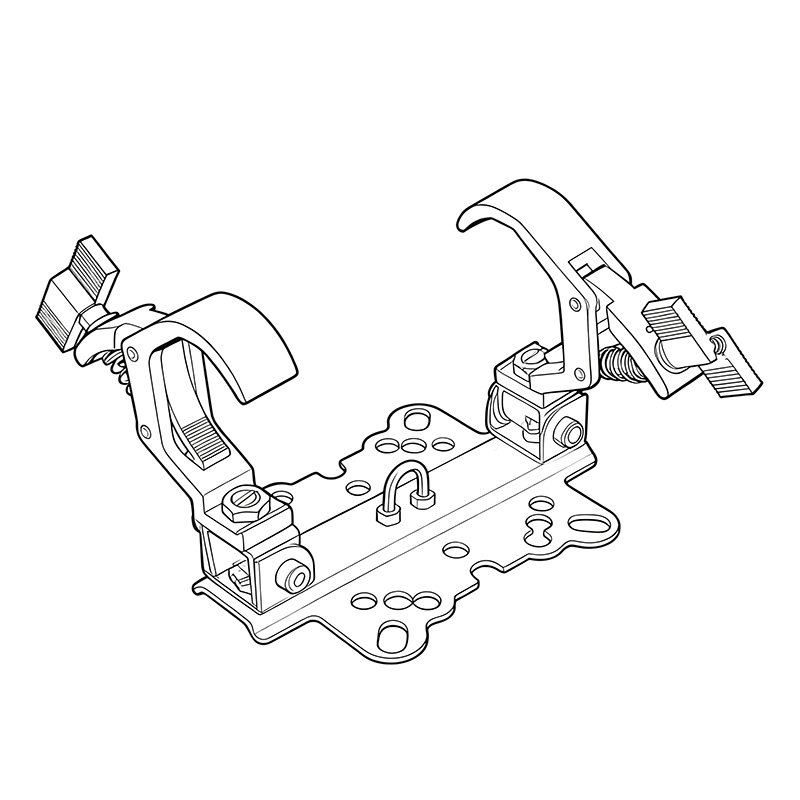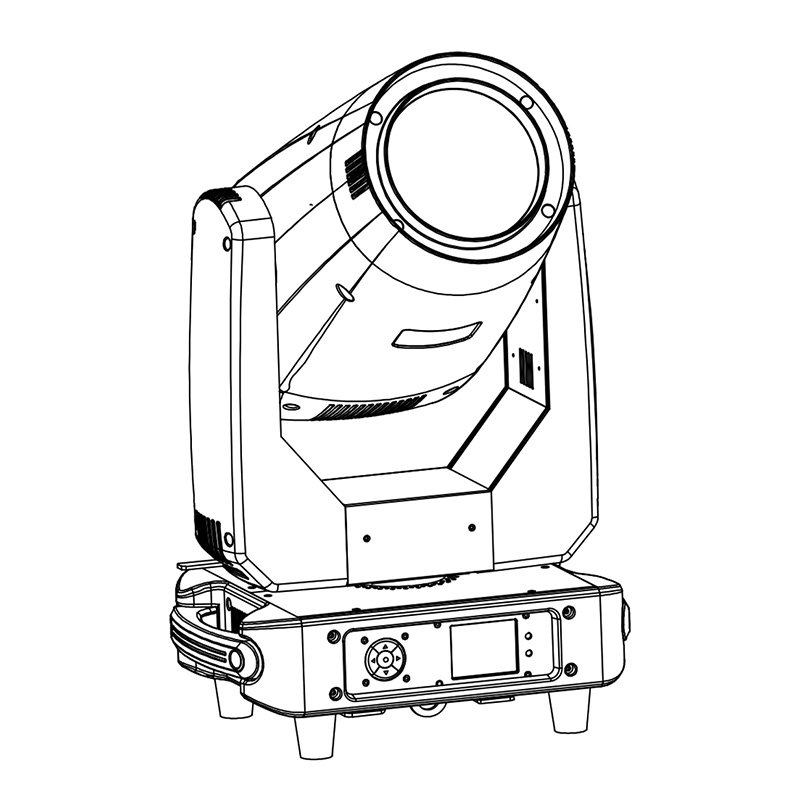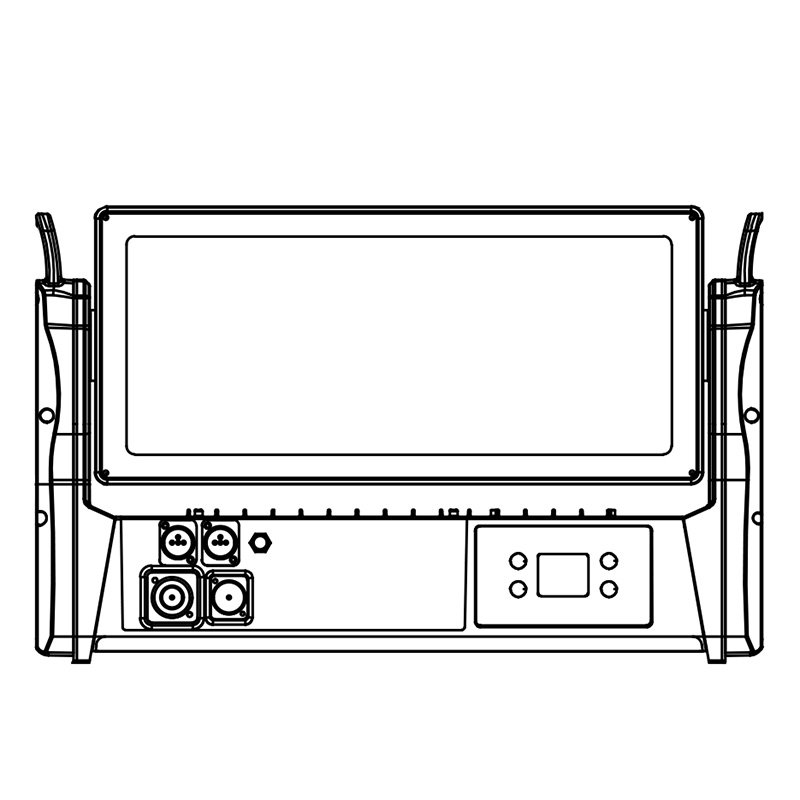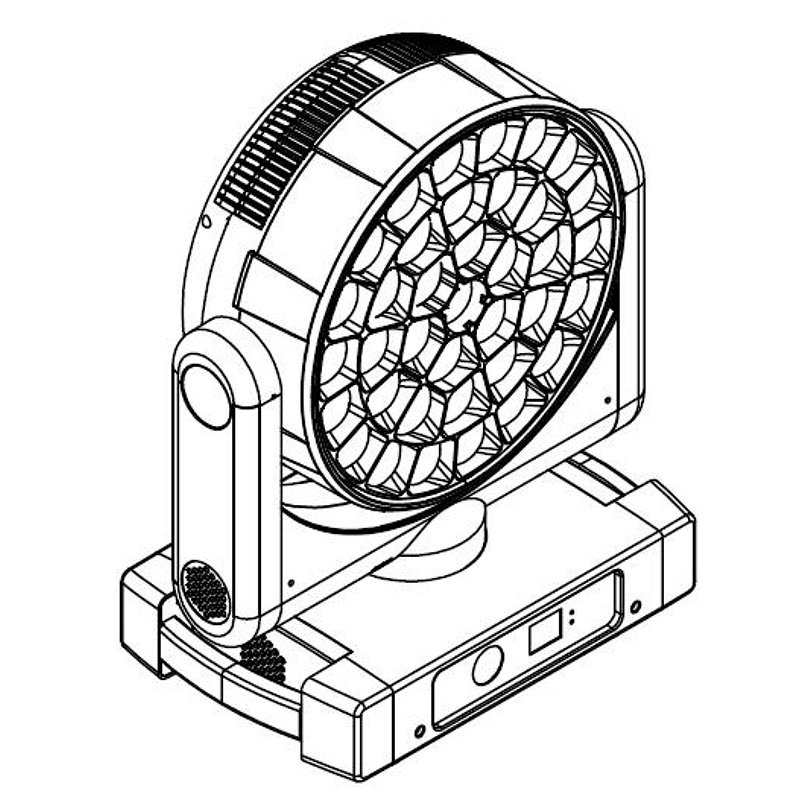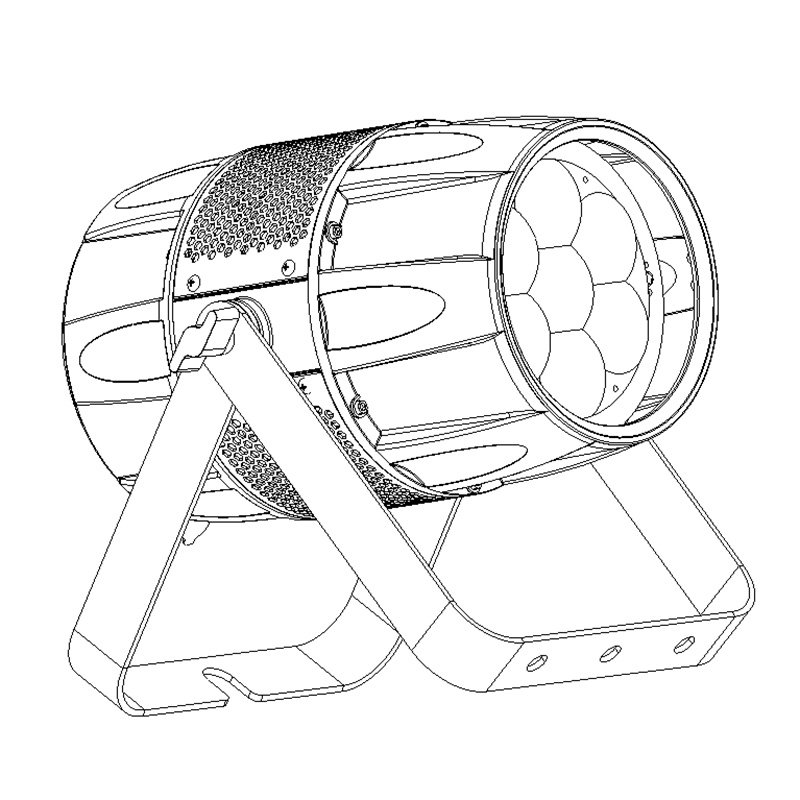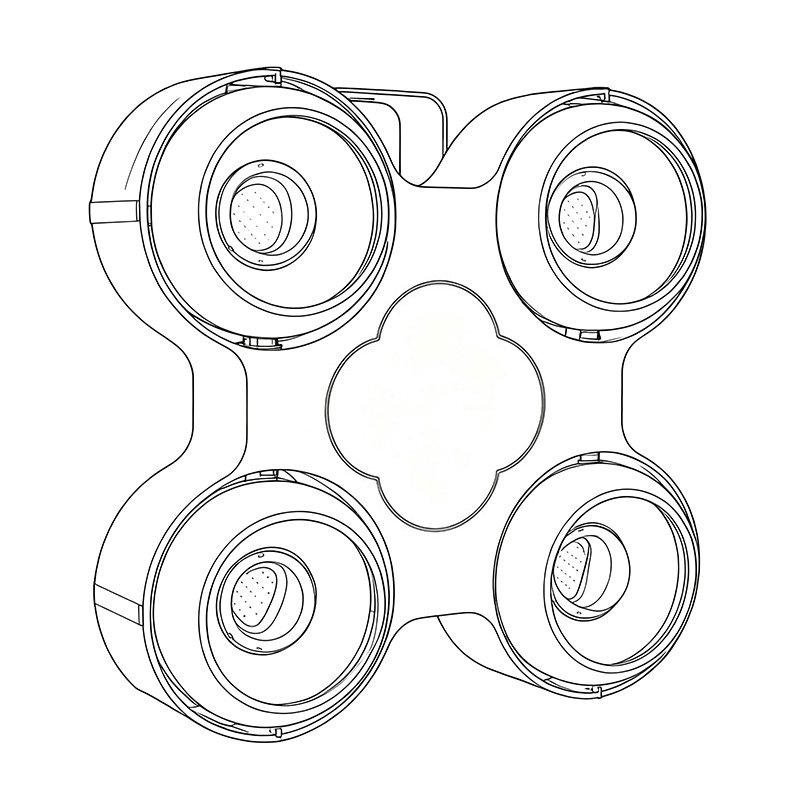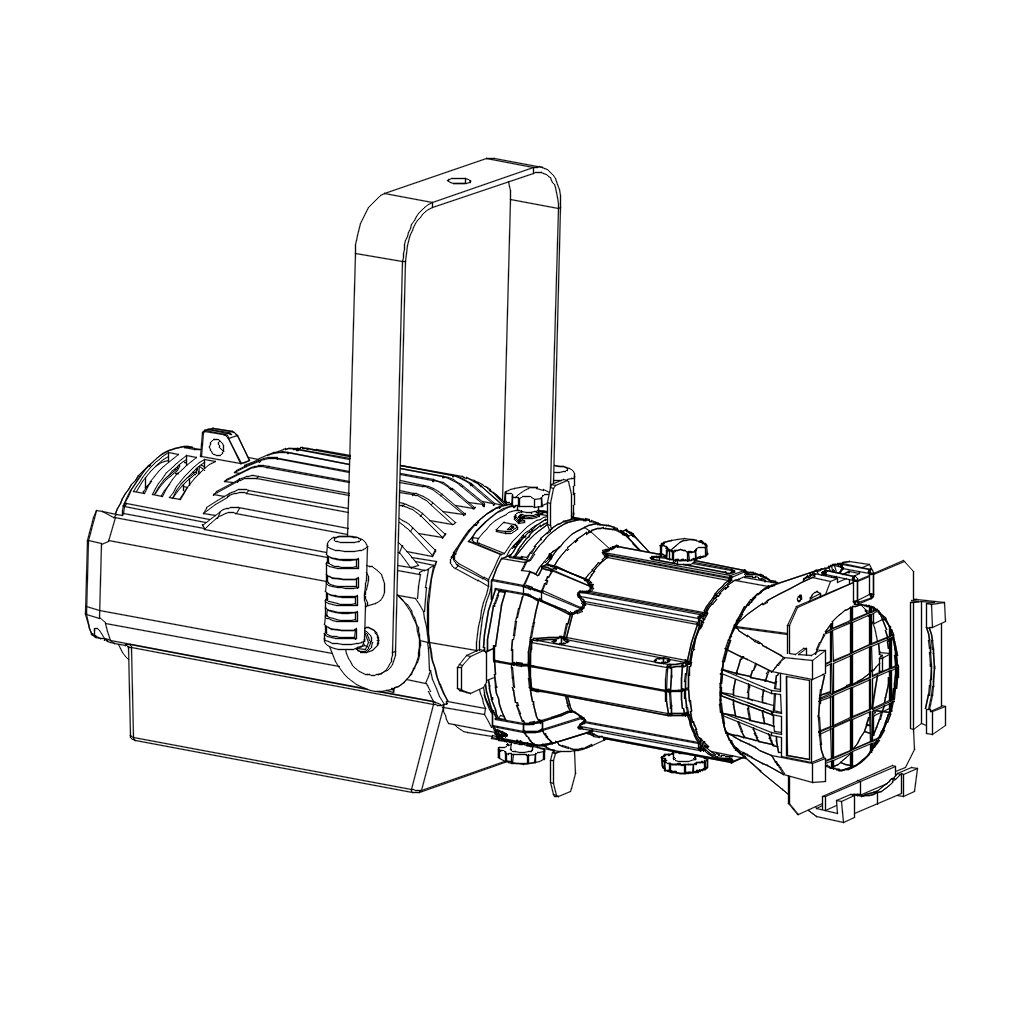What Are Moving Lights?
Moving lights, also known as moving head lights, are intelligent stage lighting fixtures that can move, change colors, project patterns, and create stunning effects—all through remote control. These lights are designed to pan (move horizontally), tilt (move vertically), and adjust various parameters such as brightness, color, and focus. Unlike traditional static lights, moving lights offer flexibility and dynamic visual impact, making them essential for concerts, events, theaters, churches, and weddings.
Moving lights are programmable stage lighting fixtures with motorized movement and effect control, used in live events and productions to create dynamic lighting environments.
Types of Moving Lights: Beam, Spot, Wash, and Hybrid
Beam Lights
Sharp, focused beams of light with high intensity. Ideal for concerts and clubs, especially when combined with haze for visible mid-air effects.
Spot Lights
Provide a broader beam than beams, often equipped with gobos (metal or glass templates) to project patterns or textures. Great for performer highlighting and scene design.
Wash Lights
Produce a wide, soft, and uniform beam of light. Perfect for color washes and atmosphere creation across the stage or venue.
Hybrid Lights
Combine Beam, Spot, and Wash functions in one fixture. Popular for mobile productions due to their versatility.
How Do Moving Lights Work?
Moving lights rely on internal motors and advanced optics to change position and light output. Here’s a breakdown:
- Pan & Tilt Motors: Move the light head smoothly on X and Y axes.
- Color Wheels / CMY Mixers: Adjust colors using filters or mix cyan, magenta, and yellow to create a full spectrum.
- Gobo Wheels: Spin or swap to project patterns.
- Zoom & Focus: Mechanically control beam width and clarity.
These functions are controlled via DMX512 — the lighting industry’s standard communication protocol.
Understanding DMX512: The Brain Behind the Lights
DMX512 (Digital Multiplex) is a communication protocol that sends digital control signals from a lighting console to lighting fixtures. Each fixture receives instructions on how to behave—from movement to color to effects.
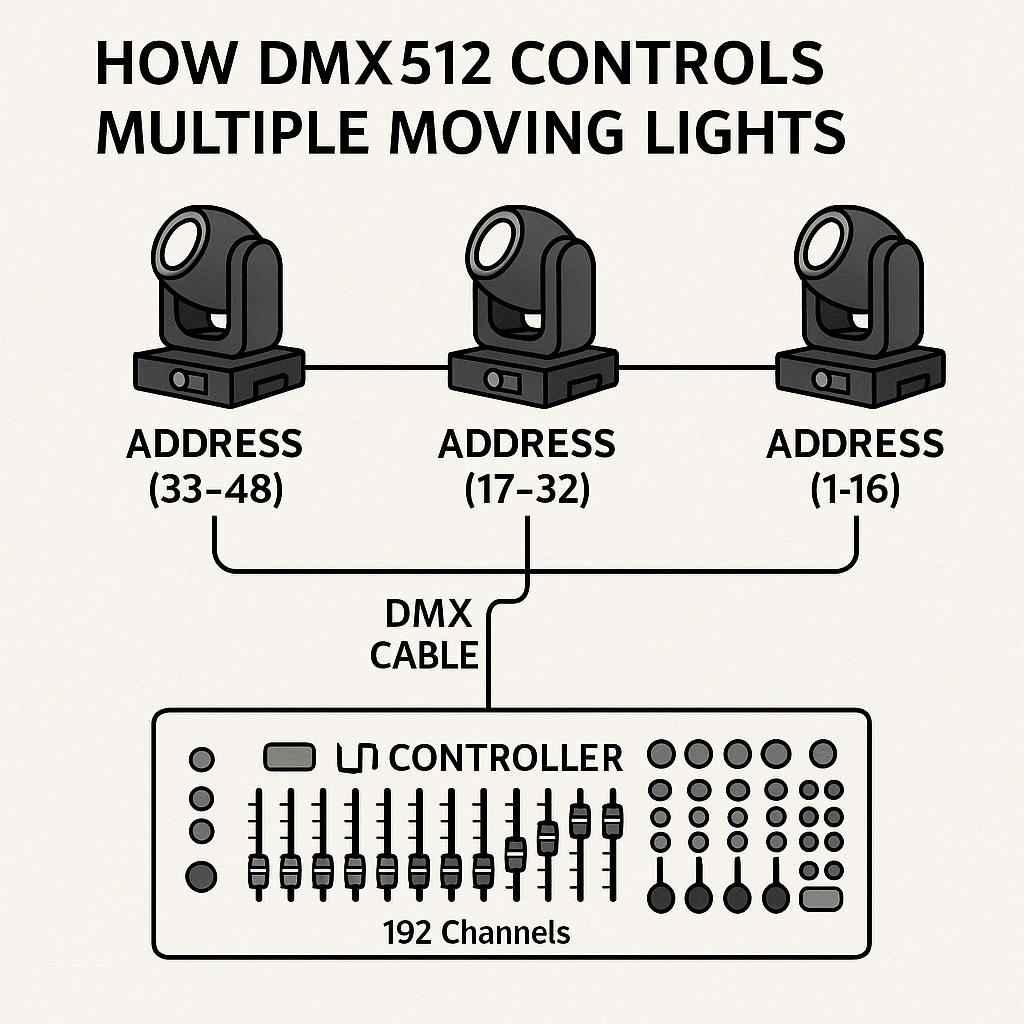 How dmx 512 controls multiple moving lights
How dmx 512 controls multiple moving lights
How Does It Work?
- A DMX console sends 512 control channels through one signal line (called a universe).
- Each moving light occupies a certain number of channels (e.g., 16, 32, or more).
- Every fixture has a DMX address that tells it which channel data to listen to.
Controlling One Moving Light
- Connect power and DMX input to the fixture.
- Set the DMX address (e.g., channel 001).
- Use the console to control pan, tilt, color, dimming, and effects.
Controlling Many Moving Lights
- Daisy-chain lights using DMX cables:
DMX OUT from console → DMX IN of fixture 1 → DMX OUT of fixture 1 → DMX IN of fixture 2... - Assign each light a unique DMX start address (e.g., 001, 033, 065, depending on channels used).
- Use the console or software to program scenes, chases, or live effects.
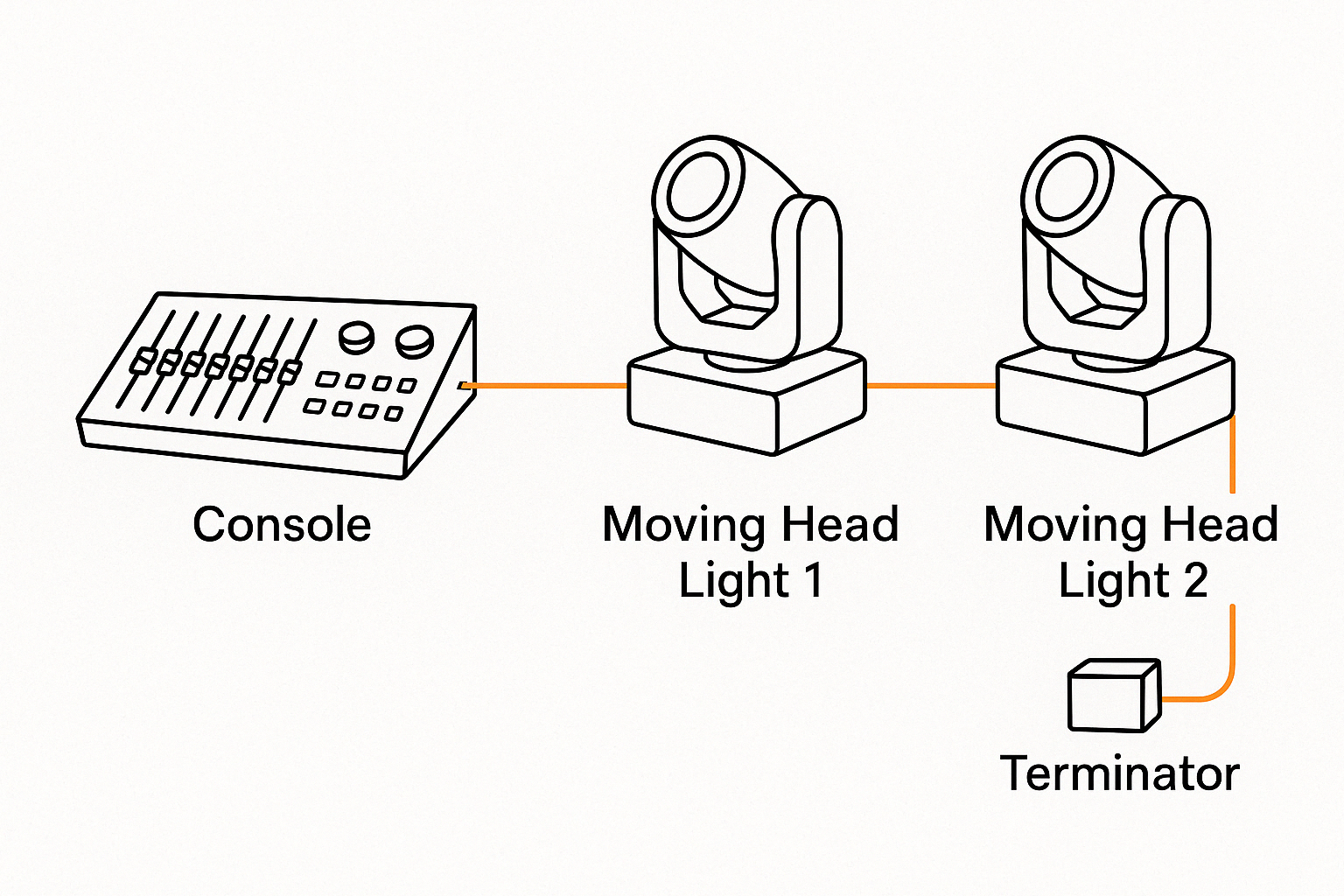 How to control moving head lights
How to control moving head lights
Pro Tip: Always terminate the last DMX fixture with a 120-ohm resistor to prevent signal reflection.
Diagram: How DMX512 Controls Multiple Moving Lights
Figure: A simple DMX512 setup with console, daisy-chained lights, and terminator.
Why Moving Lights Matter in Modern Stage Design
- Flexibility: A single fixture can serve multiple roles.
- Creativity: Colors, gobos, and movement add expressive depth.
- Efficiency: Replace multiple static lights with fewer moving ones.
- Visual Impact: Bring energy, focus, and mood to any performance.
From church stages to stadium concerts, moving lights have become essential tools in visual storytelling.
Pro Features Made Simple
- Gobo Patterns: Project logos, textures, or scenic elements.
- Color Mixing: Achieve smooth transitions with RGBW or CMY.
- Zoom & Focus: Adjust for different stage sizes and projection needs.
- Prism / Frost: Create stunning light refractions or smooth washes.
- Speed Control: Time your effects to music or performance beats.
The Rise of IP65-Rated Lights: Built for the Outdoors
IP65 moving lights are designed to resist rain, dust, and outdoor elements without needing additional protection. They are perfect for festivals, city lighting, and weather-prone installations.
Advantages:
- Reliable performance outdoors
- Less cleaning and maintenance
- Longer fixture lifespan
How to Choose the Right Moving Light
| Use Case | Recommended Fixture |
|---|---|
| DJs / Small Events | Beam or Hybrid |
| Theater / Drama | Spot with gobos |
| Church / Weddings | Wash with color mixing |
| Outdoor Shows | IP65-rated fixtures |
| Touring Shows | Hybrid with zoom/focus |
Tip: Consider build quality, lens clarity, DMX compatibility, and supplier support.
Final Thoughts: From Basics to Brilliance
Whether you're lighting a school play or designing visuals for a national tour, moving lights provide powerful tools to enhance your production. With DMX control, versatile effects, and ever-improving technology, they bring creativity and control to your fingertips.
Learning how they work and how to control them is the first step toward building unforgettable visual experiences.
Written by a professional stage lighting manufacturer with 15 years of global export experience. Trusted by clients in the U.S. and Europe.

